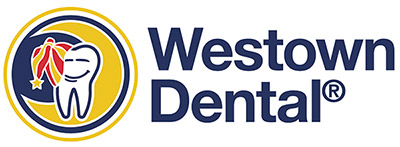What is a lip/ tongue tie?
Lip/ tongue ties, also known as tethered oral tissues, are restrictions which limit movement and cause functional concerns. A lip tie can contribute to difficulty in lifting of the lip which is necessary for speech, brushing of the teeth and nursing for infants. Tongue ties can contribute to speech, eating/nursing, and sleep concerns. Tethered oral tissues can have a very tight or mild appearance. However, it is important to note that a child’s symptoms outweigh the appearance. This is why a thorough evaluation and assessment by a provider is critical. A diagnosis is determined from functional issues and a clinical exam to assess restriction of the area.
Common Signs & Symptoms
Infants with a lip and/ or tongue tie may have:
- Have trouble nursing or taking a bottle
- Experience clicking or smacking noises when nursing
- Have poor weight gain
- Experience reflux or colic symptoms
- Have gas or very fussy
Children with a lip and/ or tongue tie may:
- Snore or sleep with his or her mouth open
- Take longer than usual to finish a meal
- Grind his or her teeth at night
- Choke on foods (texture sensitive)
- Be hard to understand or have speech delay
Areas of Impact On Your Child’s Life:
Here’s How It Works:
Release:
Once it is determined that a release is indicated. A CO2 laser is used to release the tight attachment. The advantages of using a laser are less post operative pain, minimal edema (swelling), minimal bleeding which allows better visual field, improved wound healing, less scar tissue, and no need for sedation
The Recovery & Healing Process:
A Patient may feel sore for about 2-3 days, and the wound will appear white or yellow. This is a normal inflammatory response, and the area should become smaller each day as the site heals. Discomfort can be managed by alternating Motrin and Tylenol.
Aftercare exercises and stretching of the site is highly recommended to prevent reattachment. Reattachment may result in a revision of the area. Tongue or lip exercises should be performed at least for three weeks. Exercises should be reviewed and demonstrated with the patient and/or parent during post op instructions. One week after the procedure a patient will be seen for a follow up visit to evaluate the site and perform a deeper stretch by the provider if indicated.
Ready to Schedule a Consultation?
Get in touch today to see how we can assess and help your child.
We use the most current technology and methods to provide patients with the best results and experience!
We educate parents and provide them with the resources to achieve the best outcome! Dr. Morrow and her team are ready and prepared to offer guidance to parents whose children are experiencing difficulties. Give us a call today at 302-203-9009.
New Patient Forms
Please complete the form that best fits your child. The “infants form” is for 12 months old and younger, and the “child form” is 1 year old and older.
